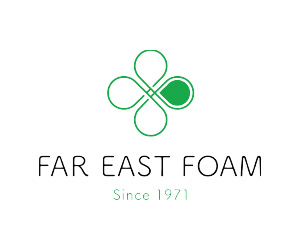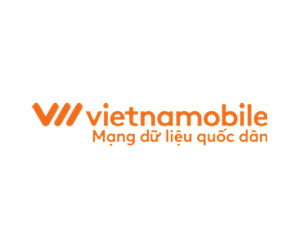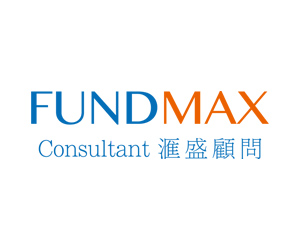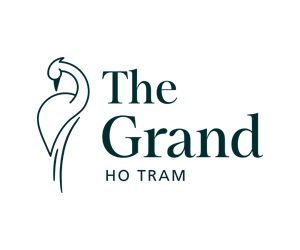Want to be in the loop?
subscribe to
our notification
Business News
CLEARING “BOTTLENECKS” TO GRASP CPTPP ADVANTAGES
In the first effective year of the Comprehensive and Progressive Agreement for Trans-Pacific Partnership (CPTPP), Vietnam’s textile and garment industry aims to earn US$40 billion from exports. Given the unpredictable world economy in 2019, how will the Vietnamese garment and textile industry capitalize on CPTPP advantages to achieve this goal?
Not completely good
The garment and textile industry, Vietnam’s largest employer which provided more than 2.7 million jobs, in 2018, ranked second in export value (just after telephone and its components) with US$36.1 billion, accounting for 15% of the country's export value. Also in 2018, the industry spent US$21.8 billion on imports. Vietnam is the third garment and textile exporter in the world after China and India.
Mr. Truong Van Cam, Vice President and General Secretary of the Vietnam Textile and Apparel Association (Vitas), as Vietnam joins the CPTPP, Vietnam’s garment and textile industry presently has a lot of advantages like abundant labor resources, golden population structure and lower labor costs than some countries such as China, Indonesia, Thailand and the Philippines. Vietnam signed many trade agreements which gradually bring import duty to zero, especially new and impending free trade agreements (FTAs) such as Vietnam - Korea FTA, Vietnam - Eurasia Economic Union FTA, Vietnam - EU FTA and CPTPP. With a relatively stable and open policy, foreign direct investment (FDI) enterprises invested about US$17.5 billion in the Vietnamese garment and textile industry.
He added that Vietnam’s textile and garment industry is exposing many barriers to development. Firstly, the development is unbalanced as raw materials depend mainly on foreign supplies (99% of cotton imported, over 2.2 million tons of yarns and fibers produced annually, and 80% of fabrics imported). Secondly, export processing is mainly in the form of CMT (accounting for 65%), FOB/OEM (25%), and ODM and OBM (10%). Technological level, except for sewing stage, are average and above average. The last weakness is labor quality. Vietnamese garment and textile workers largely have low level (about 75.9% are manual workers, 17.3% graduate from vocational schools and 6.8% graduate from college, university and higher education.)
Access to new markets
Dr. Tran Toan Thang, Director of Economic and Business Forecast Department, National Center for Socioeconomic Information and Forecast (NCIF) under the Ministry of Planning and Investment (MPI), said that the garment - textile and leather - footwear industries will gain the highest benefits from the CPTPP. The export growth pace of the garment and textile industry will grow 8.3 - 10.8% as a result of higher price competitiveness in new markets.
Mr. Le Tien Truong, General Director of Vietnam National Textile and Garment Group (Vinatex), admitted that the growth prospect in CPTPP member countries is huge as Vietnamese garment and textile shipments to these markets are worth just US$5.3 billion. In 2019, the sector will strive to increase exports by US$1 billion in two potential markets, Australia and Canada, about US$500 million each. These two markets are very developed and apparel sales are about US$10 billion each year. Meanwhile, Vietnam’s garment and textile export value to these markets is still modest, about US$500 million annually. Therefore, the CPTPP provides the opportunity for Vietnam to boost exports to these markets and realize the sector’s growth target of over 10%. “Grasping opportunities from FTAs, the garment and textile industry is expected to earn US$40 billion from exports this year or at least over US$38 billion. Vietnam is the third largest garment and textile exporter in the world after China and India,” he added.
Ms. Bui Kim Thuy, former member of Vietnam's CPTPP Negotiation Delegation, representative of the US - ASEAN Business Council in Vietnam, affirmed, “The CPTPP is the only agreement to which Vietnam is a signatory with a standalone garment and textile chapter, an unprecedented favor for this industry. The CPTPP has a very much influence on this sector. We already have accurate data-based assessments but these impacts have not been made public. Therefore, the garment and textile industry is forecasted to be the most vulnerable to regulations on origin of goods in the CPTPP, including risks and opportunities, she noted.
According to the Multilateral Trade Policy Department under the Ministry of Industry and Trade, specific rules of origin require the use of fibers and fabrics from the CPTPP area to promote the establishment of regional supply and investment chains to increase the value of garments and textiles produced in the bloc. This regulation will help draw foreign-invested funds for sectoral restructuring. However, this regulation, except for a few exceptions, has hit the weakest point of the Vietnamese garment and textile industry. The latest report of Viet Dragon Securities Joint Stock Company (VDSC) shows that yarn manufacturers and apparel manufacturers possess closed supply chains such as Century Synthetic Fiber Corporation, Thanh Cong Garment and Textile Group and Phong Phu Group will enjoy direct benefits by meeting CPTPP origin requirements.
Nevertheless, there are exceptions - flexible rules on short supply that allow the use of certain fibers and fabrics unavailable in the region. “The CPTPP will abolish import duties on textiles and garments originated from Vietnam when they are exported to partner countries (immediately effective or scheduled). For countries that Vietnam does not have FTAs with, market opening is very important because import duties on textiles and garments are often much higher than for other industrial products. In Canada, all of Vietnam's major textiles and garments will have taxes abolished as soon as the pact comes into effect or after three years. 42.9% of the export value to Canada will be imposed zero tax in the first year and 57.1% in the fourth year. Import duties on garments and textiles in Mexico and Peru are completely eliminated in the 16th year,” said Ms. Pham Quynh Mai , Deputy Director of Multilateral Trade Policy Department.
Clearing “bottlenecks”
Weaving and dyeing is considered a “bottleneck” of the garment and textile industry. Without proper investment for a complete supply development, Vietnam will not be able to utilize this opportunity. Profits will thus fall under competitive pressure.
According to Mr. Nguyen Son, Vice Chairman of the Vietnam Cotton & Spinning Association, the biggest problem of the garment and textile industry is not necessarily fabric production, but the key is printing and dyeing. When I visited some countries such as South Korea and China, I saw that large enterprises already built supply chains and industrial parks with standard wastewater treatment systems. In addition, they only focus on one stage and the fabric production stage will be taken by SMEs. Vietnam needs to study and apply this model.
Mr. Nguyen Quoc Lap, Director of Kuyng Viet Garment Co., Ltd., said, the weakest point of Vietnam's garment and textile industry is weaving and fabric. In reality, it has almost nothing. In order to enjoy incentives, it necessarily uses materials in the CPTPP while Vietnam mainly imports from China but this nation is not a CPTPP member. Therefore, the CPTPP will force enterprises to invest in input production, especially yarn and fabric. Currently, Vietnam has entered into many FTAs. To get benefits from FTAs, they need to understand specific information and keep markets balanced. In fact, many garment companies are outsourcing for foreign countries, so is Kyung Viet. The company mainly exports goods to the U.S. and Europe and CPTPP impacts are not strong.
In effect, apart from value chain bottlenecks that do not meet origin requirements, the garment and textile industry also exposes other weaknesses such as small scale of Vietnamese companies, weak financial potential, and weak management and low technological levels. These will weaken enterprises when they compete with powerful garment and textile firms in CPTPP-member countries like Mexico, Peru and Malaysia. Besides, transport and logistics costs of Vietnamese garment and textile firms are still high, thus making Vietnamese textile and garment products more expensive.
According to the Vietnam Textile and Apparel Association, in order to clear these bottlenecks, strong companies must join forces together and build business cooperation chains, especially between domestic and foreign companies. They must understand about the CPTTP, information and strengths of the garment and textile industry, and learn thoroughly about CPTPP markets to meet market needs. The government should have development policies in the next 10-15 years to take advantage of this deal, he added. For the time being, some localities have returned to garment and textile, especially textile and dyeing, but many projects invested by well-reputed strong companies are rejected. Hence, the Government needs to plan industrial parks and treat wastewater to facilitate businesses. Mr. Cam also specially warned that localities should not attract labor-intensive projects to avoid competition and cause labor fluctuations. Adjacent localities need to coordinate each other to not build well-employed industrial parks lying close together.
Source: VCCI
Related News
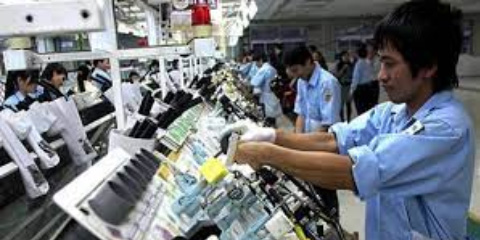
CUSTOMS BUDGET REVENUE EXPERIENCES 3% DECLINE IN Q1
Vietnam’s import and export value reached a total of US$145.59 billion in the first quarter (Q1) of 2024, marking a year-on-year growth of 18.2%. However, the customs budget revenue saw a 3% year-on-year decline, amounting to VND71,520 billion in the quarter, thereby achieving 19.1% of the full-year target.

RAPID LAW IMPLEMENTATION MAY PROPEL MARKET FORTUNES
“Investors and developers are looking forward to the implementation of the new law, which will remove obstacles for a range of projects that are struggling due to stalled procedures and lack of legality. For them, the earlier the better,” he said.

NATION URGED TO BUILD ON ECO-IP MODEL
Industrial parks (IPs) involved in an initiative that aims to help push them into the realm of being classed as eco-parks have seen improvements across a string of indicators, according to a review event in Ho Chi Minh City last week.
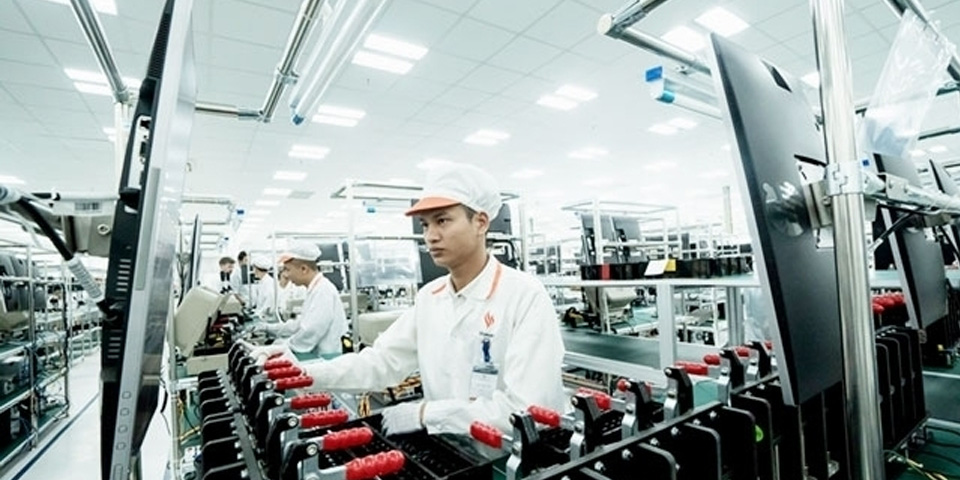
YEN LU INDUSTRIAL PARK: NEW DESTINATION FOR INVESTORS
Bac Giang is a destination chosen by many domestic and foreign investors thanks to its locational advantages and its most opening and favorable investment policies. Assisted by local authorities, Capella Land Joint Stock Company has effectively invested in industrial zones, especially Yen Lu Industrial Park - a new destination for investors, to contribute to the province’s success in investment attraction.

OPTIMIZING LEGAL AND REGULATORY FRAMEWORKS FOR EFFICIENT PUBLIC INVESTMENT DISBURSEMENT
According to the Ministry of Planning and Investment, a 1% increase in public investment raises GDP by 0.058%, and each VND1 disbursed stimulates an extra VND1.61 from the non-state sector. However, plan implementation often falls short at around 80% annually, despite government efforts.
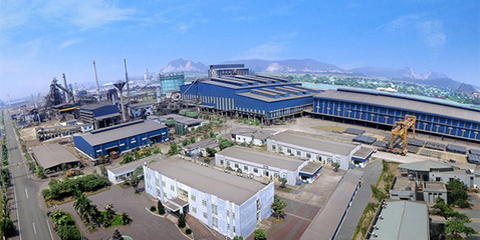
NATION URGED TO BUILD ON ECO-IP MODEL
For the 2020-2024 project, three IPs were selected for the transformation including Deep C Industrial Zones in the northern city of Haiphong, AMATA City Bien Hoa in the southern province of Dong Nai, and Hiep Phuoc IP in Ho Chi Minh City. Over the last four years, the level of compliance with the international framework on eco-IPs for all pilot complexes has increased in terms of environment, economy, and management.







